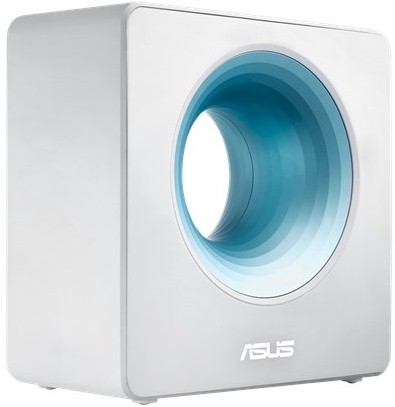
Read on SmallNetBuilder

Same chipset. Waaay different firmware with very different feature sets.
That is by no means a deal killer. https://www.smallnetbuilder.com/wireless/wireless-features/33100-why-you-don-t-need-mu-mimoNo mu-MIMO?
As I said, this is not a BAD product. It just doesn't bring anything to the WiFi party besides looking different. Not everyone needs routing throughput over 200 Mbps and its wireless performance is decent.So overall a huge disappointment then after all the marketing and PR about the unique design, antenna placement and so on.
It would seem that at least some of the issues should be possible to resolve via firmware update, but this is a perfect example of how way too many products ship today, half baked.
I've been there as well, as my past employers have done the same thing and it's very frustrating when you're the person that has to take the flack for it...
I feel sorry for Asus' support team that has to deal with the potential fallout.
Why would you think two Intel based routers would quickly outsell products long established in the market?The two Intel technology based routers are not even in the top 100 of "Amazon best seller router" list. A botched product intro. Not to be expected. It reminds me of when they used to mail us free 8088 cpu chips to develop anything. Meanwhile the netgear r7800 is 15th on the list.
The two Intel technology based routers are not even in the top 100 of "Amazon best seller router" list.
reminds me of when Intel used to mail us free 8088 cpu chips to develop anything. Meanwhile the netgear r7800 is 15th on the list.
Merlin also asked about this.Tim, did you look for CPU load when running the routing tests?
From https://www.smallnetbuilder.com/lanwan/lanwan-howto/33107-how-we-test-hardware-routers-revision-10the table shows a bufferbloat score Down Max of zero. Is that right? Not sure what that means.
The benchmark values published are Bufferbloat Score = (1 / Measured delay from betterspeedtest.sh script output in ms) x 1000, with higher values being better. This makes smaller measured delays into larger numbers so that they can be properly ranked. To convert back milliseconds, calculate 1 / (score / 1000).
Correct.On a philosophical level, if Nat Acceleration keeps the routing performance at full speed with all other features (qos etc) turned on, does that mean that a low CTF % really doesn't matter?
We use essential cookies to make this site work, and optional cookies to enhance your experience.
